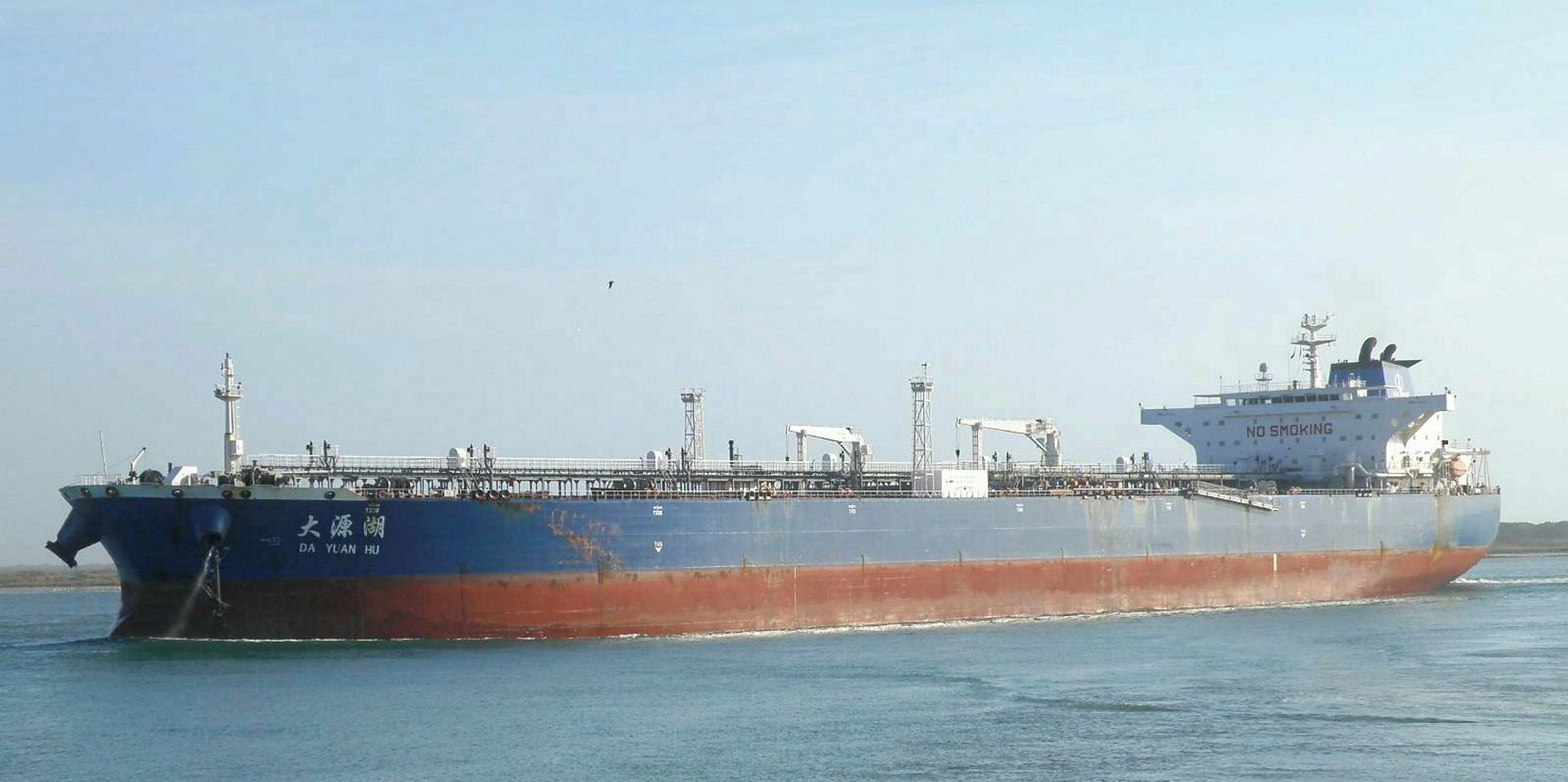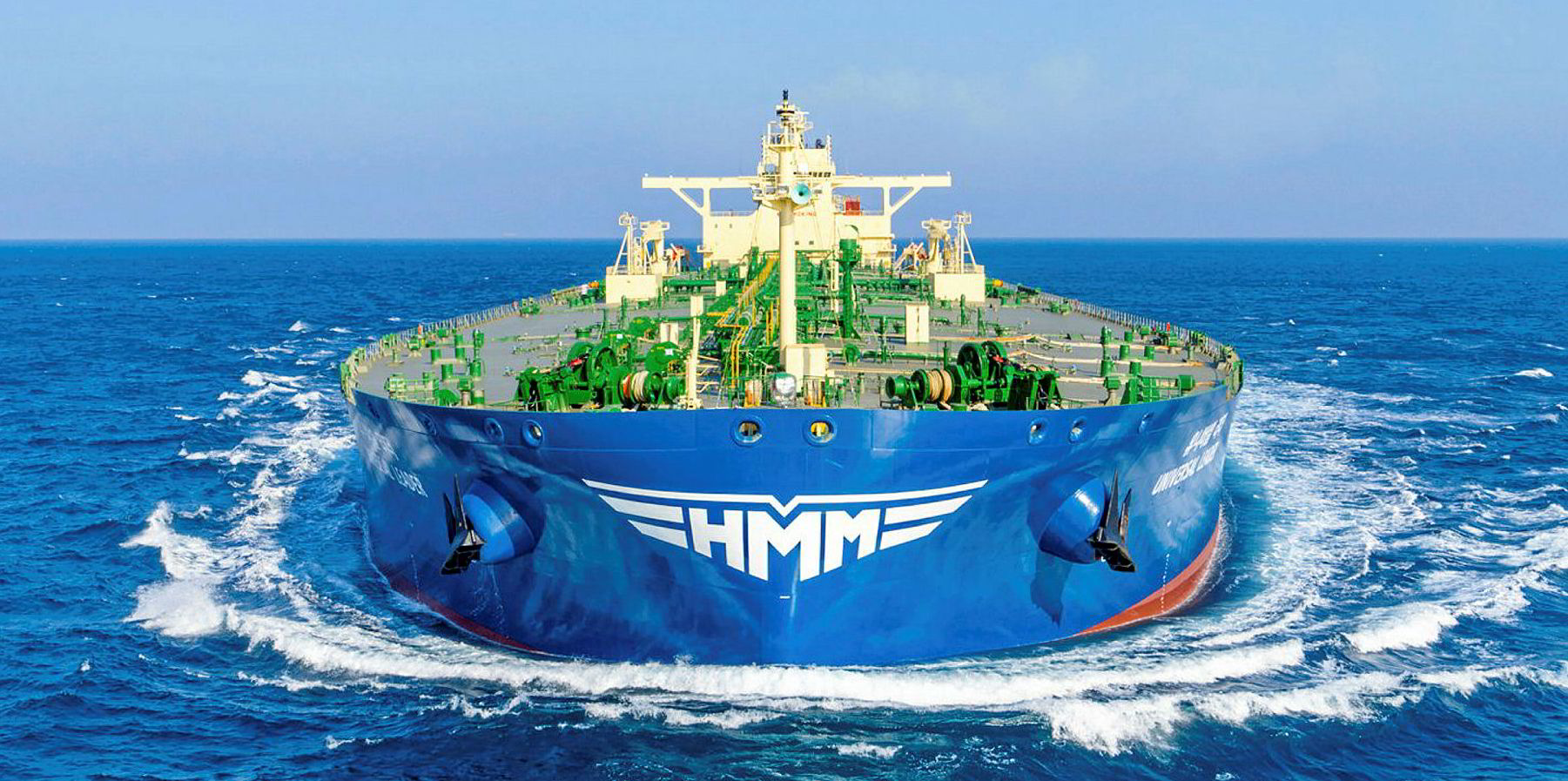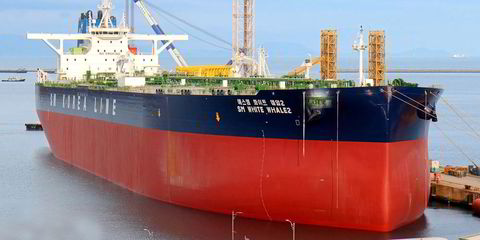VLCC owners face a period of extended healthy freight rates as US sanctions against Cosco and scrubber retrofits threaten to constrain supply.
Last Wednesday’s news that the US is sanctioning tanker owning subsidiaries of Cosco immediately sent rates flying both physically and on paper.
“It certainly proved an interesting week in the VLCC sector,” US shipbroker Charles R Weber said in its weekly report.
“After an initial drop in levels, rates surged almost 30% to year-to-date highs, with TCE’s pushing above the $55,000 per day level for TD3.”
“The surge in activity, and the possibility that the Cosco vessels might be effectively taken out of the spot market – at least for some period – buoyed sentiment and rates across the globe.”
Cosco controls a fleet of some 120 tankers, including some 50 VLCCs, but the company’s corporate structure makes it unclear exactly how many vessels are hit by the sanctions, according to Oslo-based Artic Securities.
“We believe the actual number of VLCCs impacted is around 20 to 25, which is by all means a significant number,” said crude oil and tanker analyst Ole-Rikard Hammer.
The VLCC fleet is expected to be reduced by a further 40-60 units installing scrubbers in the fourth quarter
Ole-Rikard Hammer
“Some of these vessels – exact number unknown and varies over time – trade in the open market.
“The practical implication is that this tonnage now is off limits to all suppliers, whether that is charterers, ports, food and fuel suppliers, banks etc, for fear of winding up on the US Treasury’s blacklist, which likely will result in being banned from the US banking system.”
Hammer said the tanker market is already relatively tight, as evidenced by the early start of the high season in August
He added that the trading VLCC fleet is expected to be reduced by a further 40 to 60 ships that are scheduled to install scrubbers in the fourth quarter and hence expected to be off the market for up to two months.
“Capacity utilisation is on course to rise by 3 to 4 percentage points in fourth quarter, taking it to a level which historically has meant a sharp rise in volatility,” he said.
Huatai Research analyst Lisa Lin shares the optimism and thinks that freight rates may go even higher in the coming peak season due to the sanctions on Cosco Dalian.
“As at end-August, there were 779 VLCCs globally, of which Cosco Dalian owns 26, representing 3% of industry capacity and Cosco Shipping Energy is the world’s largest oil tanker owner in terms of fleet size,” she said.
“We remain positive on the industry outlook in the coming fourth quarter, driven by the tightening supply along with seasonal peak demand, which will benefit other tanker companies.”
Fleet supply could be boosted by the remaining newbuildings that are due for delivery in 2019, which UK shipbroker Gibsons puts at 22.
“Spectacular spikes in tanker rates have a tendency of being short-lived. Only time will show how long the current strength in the market will last,” the outfit said.
“However, with market fundamentals improving in the fourth quarter, there is indeed potential for rates and earnings to maintain at least some of the latest gains.”
Jefferies: VLCCs trended higher in third quarter
Jefferies analyst Randy Giveans said crude tanker rates had trended higher during the third quarter, especially in recent weeks, as refinery maintenance season came to an end and geopolitical tensions in the Middle East led to waiting/congestion at ports in Saudi Arabia.
"VLCC and Suezmax spot charter rates averaged 50% and 30% higher during 3Q vs 2Q, respectively," he added.
"The attack on the Saudi Arabian crude oil processing facility has increased geopolitical tensions in the region, leading to a congestion of tankers waiting at port as the situation unfolded. This supply disruption, coupled with the recent US sanctions on Chinese tankers, helped push rates higher, with eco-VLCC rates approaching $60,000 currently."
For product tankers, Giveans said the first half of the third quarter remained weak as refinery maintenance season went on longer than expected, pulling down average eco-LR2 and eco-MR rates.
These were $17,000 and $11,000, from $17,500 and $13,600 in the second quarter.
"But the back half of the period was much better than July, and with refinery maintenance season in the rear-view and several planned capacity additions set to come online in coming months in Asia and the Middle East, the IEA expects an increase of 2.6 MMbd of throughput capacity from 2Q19 to 2H19, which should help boost spot charter rates", he added.






